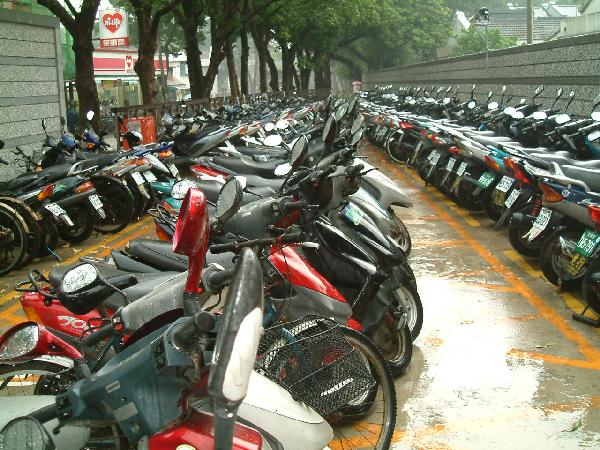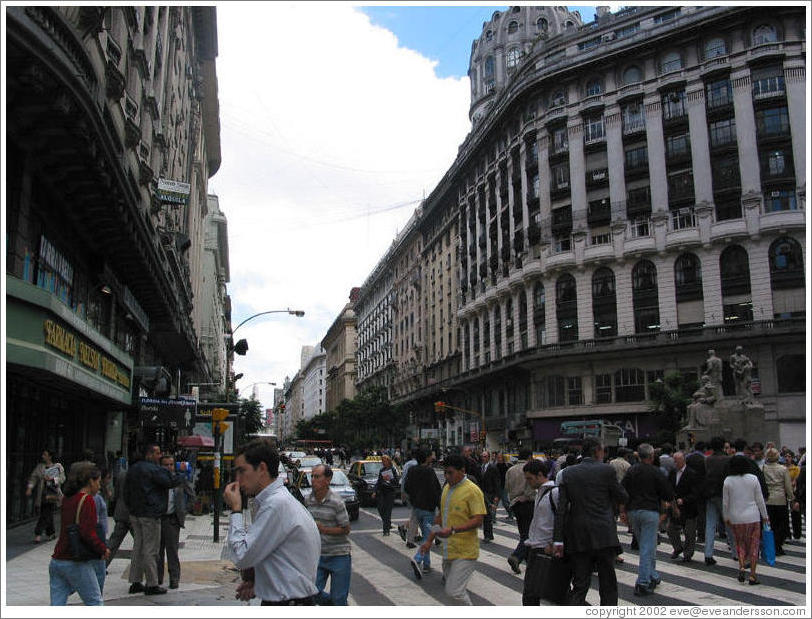American Apparel: A Leading Indicator?

Economists have a rather interesting term called the "leading indicator." It breaks down like this: economists are pretty much in the fortune-telling business. That is, they try to predict the (economic) future. In order to predict long-term patterns (growth or decline, for the most part) they often look for "leading indicators". In this sense, a "leading" indicator is some thing that tends to "lead" the economy. For instance, a spike in energy prices is a leading indicator of inflation (gas gets more expensive, so transportation gets more expensive, so consumer goods get more expensive, and voila! inflation!).
I'm starting to wonder whether the arrival of American Apparel in urban centers is also a leading indicator. It was big news when they opened a location in Cleveland Heights (Ohio) last year. AA leased space on Coventry, a used-to-be-cool retail strip in one of Cleveland's more progressive inner-ring suburbs. The future of Coventry is still very much undetermined. While vacancies persist, there has been progress in retooling the district to better attract college students. There is very little clothing retail on Coventry, however, which makes AA decision to locate there questionable. Does AA think it can tap into latent demand in that area for clothing?
AA has also recently decided to occupy space here in Uptown (in Minneapolis). The trend seems similar: Uptown is a trendy, successful retail district that in the past year or so has declined a bit (though not as much as Coventry). Vacancies are on the rise, and there's a growing trend of chainification in the retail mix. Certainly, there are differences: Uptown has a lot of clothing vendors, so it's not a stretch to think that shoppers will consider buying clothing there.
Ok, so is AA a leading indicator? Does the arrival of American Apparel in declining urban retail districts portend an urban rebirth? Or are they simply capitalizing on cheaper rents?
Coming this week:
Monday: A Paean to the Stone Arch Bridge
Tuesday: Find This Door
Wednesday: Residences for Retail
Thursday: American Apparel: A Leading Indicator?
Friday: Pedestrians Make Their Own Paths
















